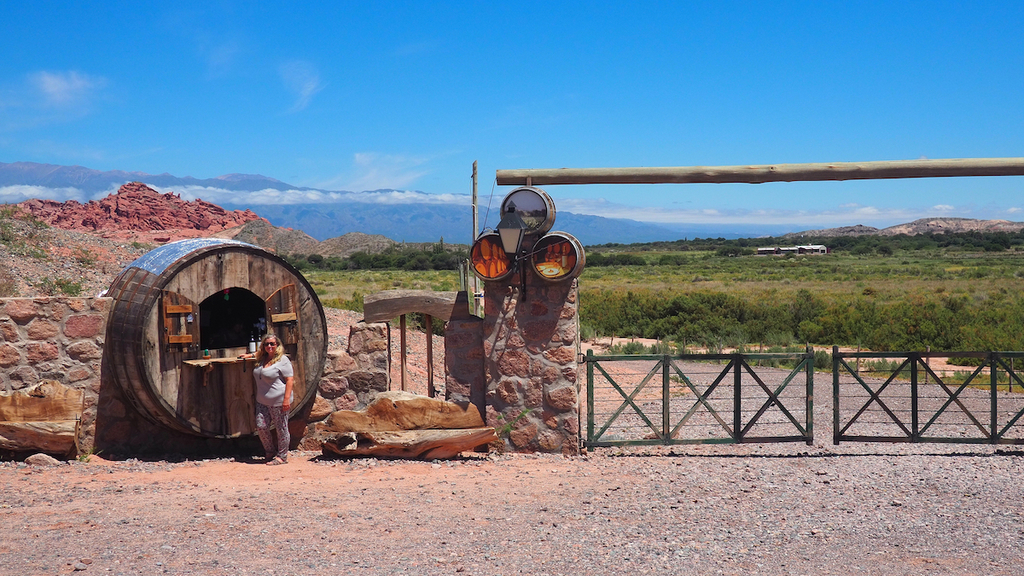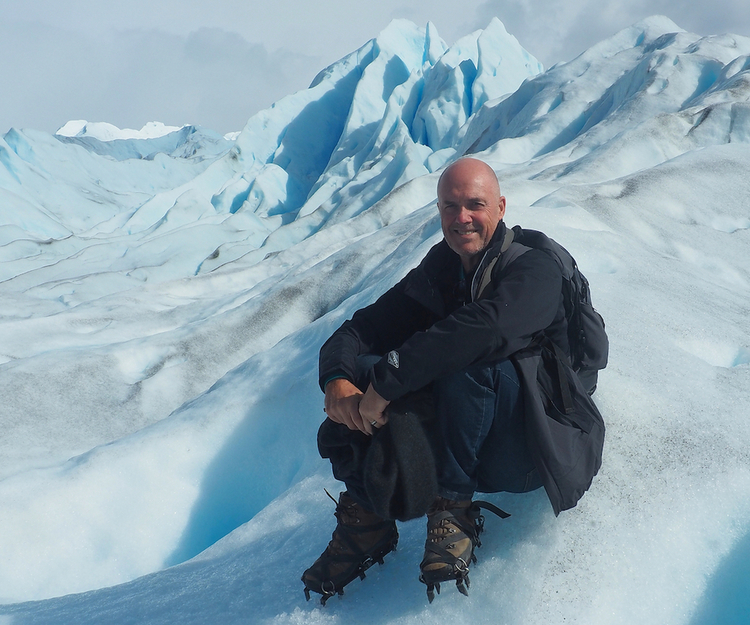Why We Quit Our Jobs To Travel Full-Time
At the time, neither
of us were happy with our jobs, nor our lifestyle. We seemed to be spending
lots of time driving to and from work, with precious little time being spent
doing the things that we actually enjoy. We realized that we’d both quite
happily exchange our possessions for positive experiences and memories. So we
hatched a plan to travel full-time once we’d paid off the
mortgage on our home and all our “ducks were in a row” financially.
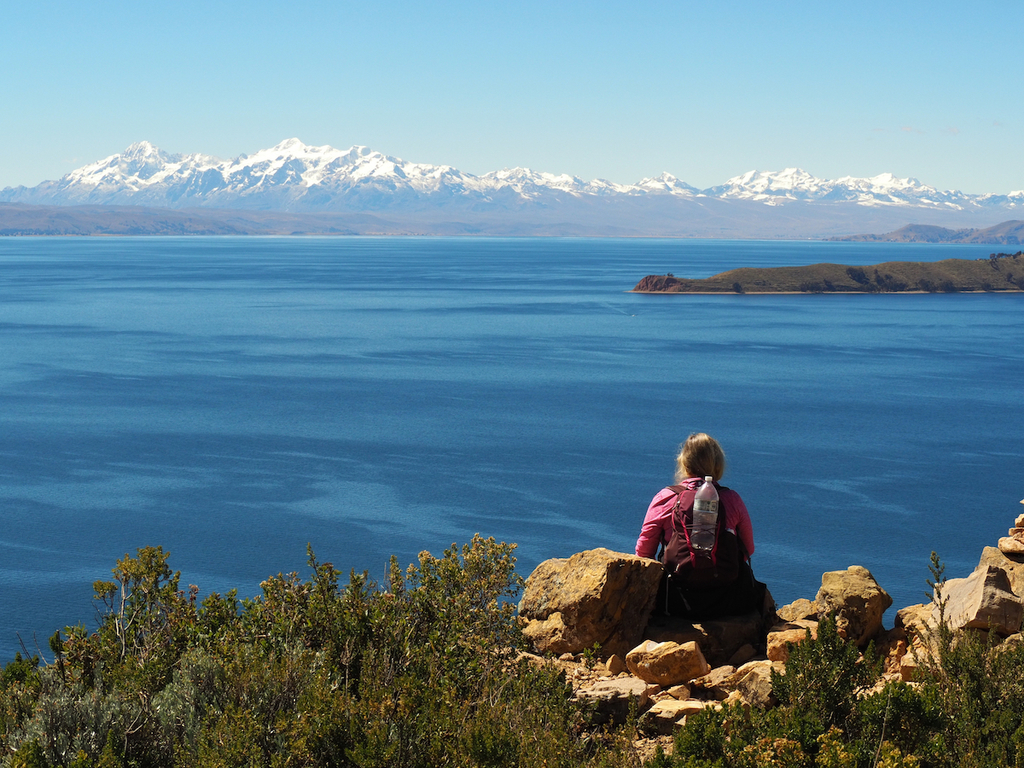
But, after losing
two friends from brain tumors within six months of each other, it suddenly
dawned on us that life really is too short. And that if we waited for the perfect
moment to take the plunge, then it might just not ever arrive.
So we sold our
house, our car, and most of our other possessions and bought one-way tickets to
Bangkok. We honestly hadn’t realized what a liberating experience it would turn
out to be. And continues to be. This is why, nearly seven years later, we’ve
no intention of returning to our previous lifestyle.
Duration Of Our Trips
We’re full-time
travelers one way or another. Initially, we spent 15 months backpacking in Southeast Asia and taking road trips in Australia and New Zealand.
After that, we got into house sitting, which allowed us to slow down and live rent-free in
some wonderful homes around Europe and North/Central/South America, and the
Caribbean.
Now we mix all three activities together. Although, since the
pandemic arrived we’ve tended to stick with our housesits.
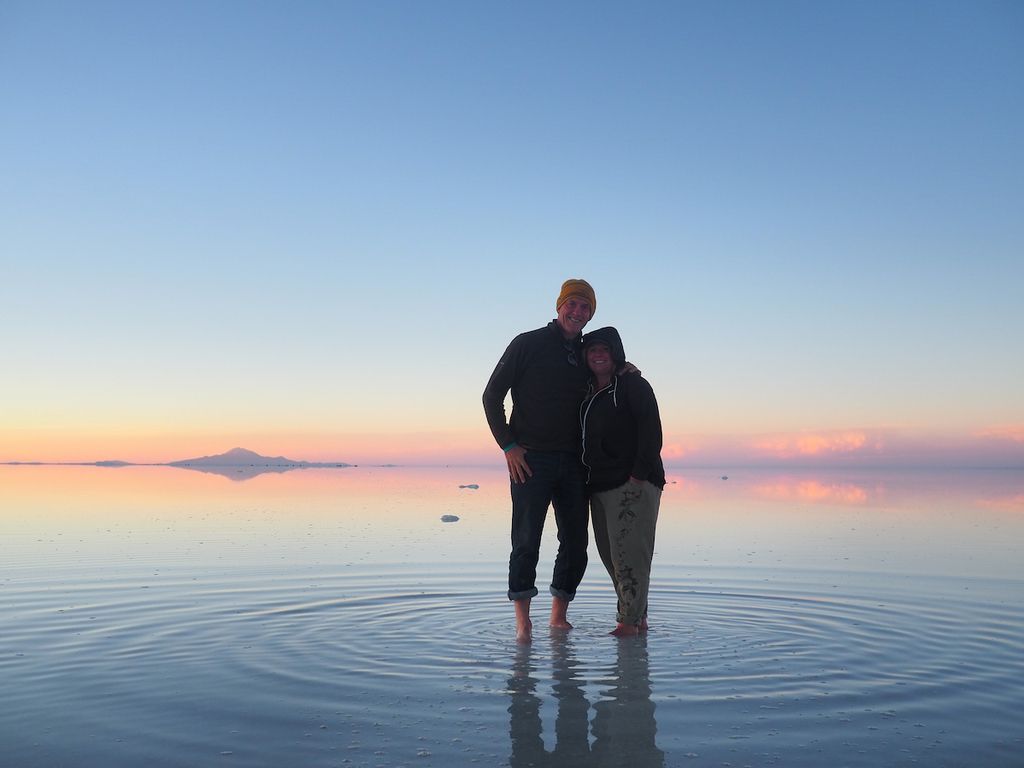
When we’re
backpacking we spend a lot of our time on outdoor activities such as hiking,
snorkeling, and exploring places of cultural interest. And occasionally, we’ll
take a break in a larger town or city. But, wherever we are, experimenting with
the local food and drink plays a big part in what we do.
How We Decide On Our Next Destination
Our plans for travel
are fairly fluid, but we try to have at least a rough plan of where we want to
be for the following 12 months.
We’re not interested in trying to visit as many
countries as possible. Instead, we try to travel around slowly and get a real
sense of what makes a country tick. So we rarely spend less than a month in any
one country.
For instance, we
plan on traveling to Mexico in April 2022 and staying for three months before
flying to Colombia to spend a further three months there. Part of that is
determined by how long a particular tourist visa is valid. But we’re also
mindful of the climate in each country and what we’d be able to see and do
depending on the time of the year.
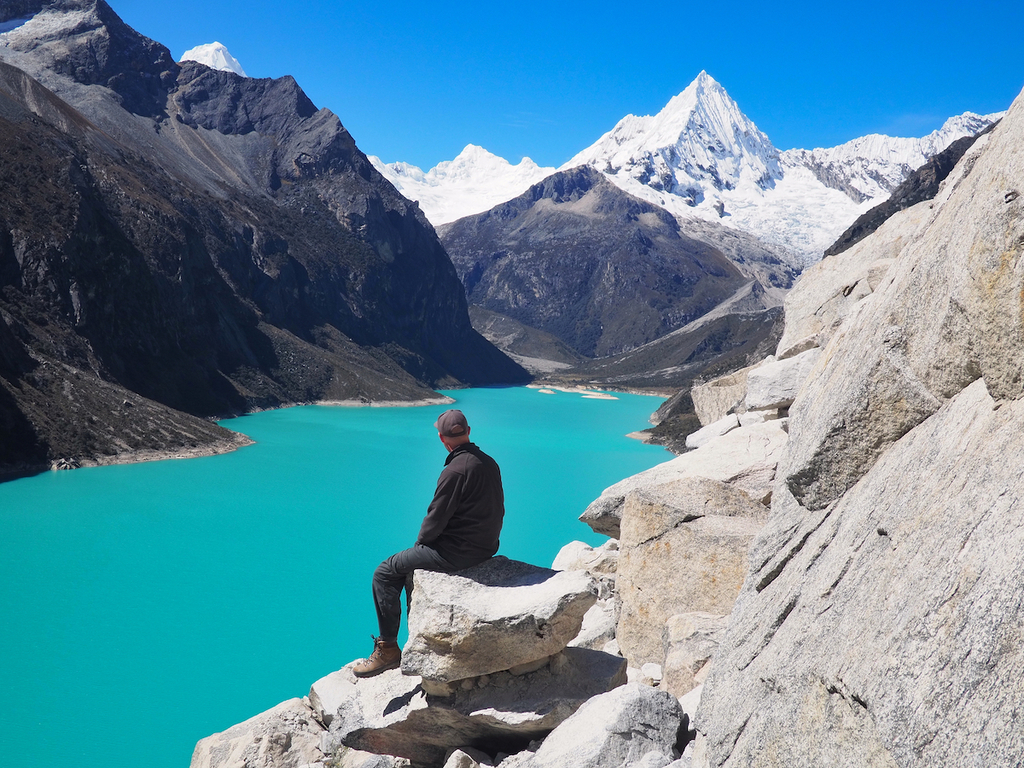
Once we’ve decided
which countries we’d like to visit, we do some research on what we’d like to
see and do.
Then we’ll establish how to get from place to place and begin to
create a route with a rough idea of how long we’d spend in each place.
We try
not to take too much spontaneity out of our traveling, but we’re not the sort
of people who can move around from one place to another without some sort of
general plan.
How We Pack For Our Trips
Outside of the UK
and Europe, we travel everywhere with our 40-liter and 70-liter backpacks. This
means that any clothes we’re not wearing have to be rolled up tightly inside a
packing cube. In the early days, we were guilty of packing far too much, but
we’ve since learned to cut back out of necessity!
Must-haves include
our camera equipment, laptops, and mobile devices as we work online and maintain
our blog while we’re on the road. Packing cubes to reduce the overall size of
our clothes.
Earplugs and headphones for noisy neighbors, dogs, and long bus
journeys. Walking boots, naturally. And since Ian recently experienced an
anaphylactic shock following a wasp sting, he now needs to carry his EpiPen
with him at all times.
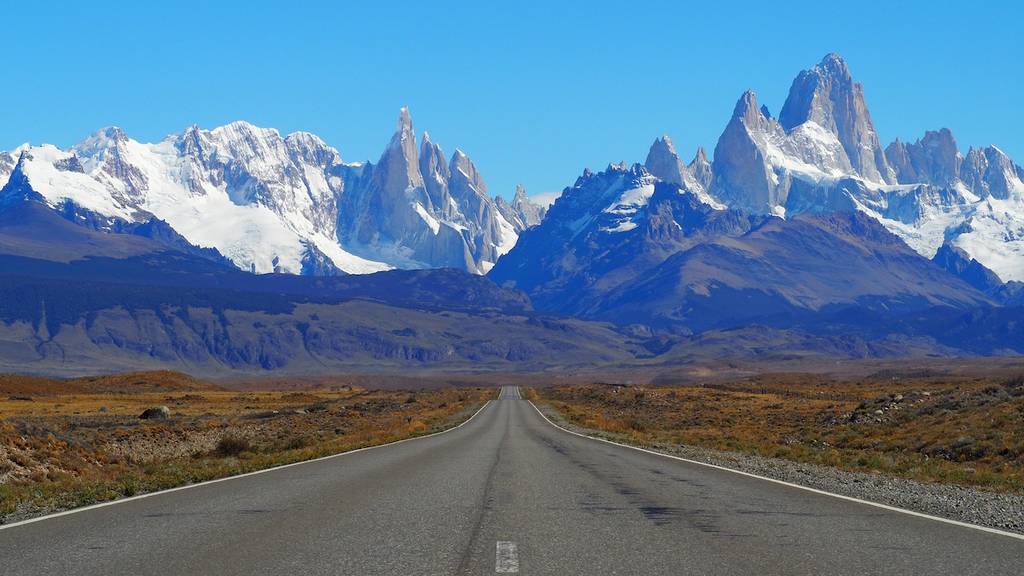
How We Balance Work & Travel
For us, they go
hand-in-hand. But as we’re not party animals we can generally find time to work
in the evenings if we’ve been exploring during the day. Suffice to say, we get
more work done when we’re housesitting than we do when we’re on the road!
Some Interesting Travel Experiences That We Can Share
We’ve had plenty of
memorable experiences - although not always for the right reasons.
A highlight was in
Western Australia when we swam with whale sharks out on Ningaloo Reef. But the
whale shark experience turned out to be the second-best thing that day. During
a snorkeling exercise earlier in the day we found ourselves in the water just a
couple of meters away from a humpback whale as she cruised past with her calf
in tow. It was an exhilarating experience - especially when she kicked her tail
and the force of it blew us several meters backward.
We spent a month in
India’s Kashmir Valley and the high Himalayas at Leh on some of the toughest
roads we’ve experienced, reaching altitudes over 18,000 feet. But the
staggering beauty of the mountains, the fascinating Tibetan Buddhist culture, and the bone-crunching journey in a jeep made the whole experience an
unforgettable one.
As was our
three-month road trip in a camper van crisscrossing the Andes in Chile and
Argentina. From the high desert landscapes of the Atacama in the far north to the
glaciers of Los Glaciares and Torres del Paine National Parks in southern
Patagonia, it was never less than challenging. But we were lucky enough to
witness some of the world’s most stunning landscapes along the way. And the
hiking was pretty incredible, too.
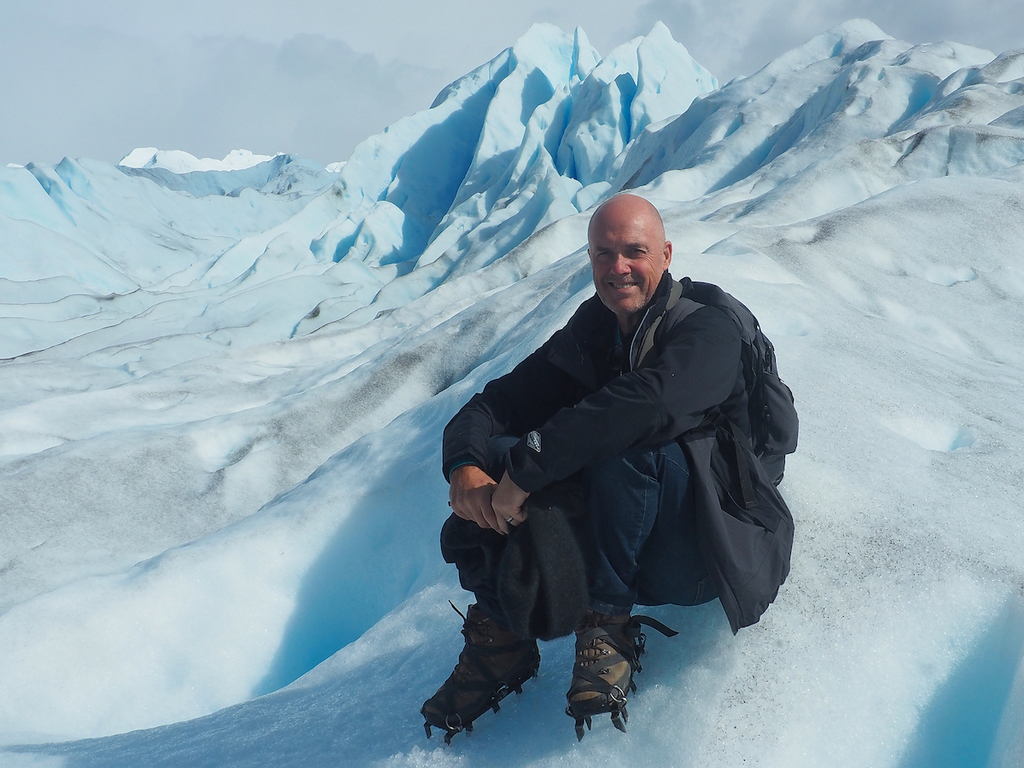
At the other end of
the scale, we found ourselves in the middle of the largest Atlantic hurricane
to ever make landfall in 2017. We were housesitting in the British Virgin
Islands when we were directly hit by Hurricane Irma and its wind gusts of up to
225 mph.
Ian was injured during the storm and it took us several days to get to
a hospital for treatment before eventually being evacuated by helicopter to
nearby Puerto Rico. It may not qualify as a “cool” experience but it’s probably
embedded in our memories more than anything else.
Our Motivation To Start The Blog
We always felt that
we wanted to document our travels and Ian has always had an interest in writing
and photography.
After a while, it became clear that people other than our
family and friends were interested in what we were doing. So we expanded the
blog to provide tips and advice for people who were perhaps curious about
taking a similar path. But, rather than turn it into a generic travel guide we
try to mix the content up with stories, itineraries, and photography, laced with
some humor wherever we can.
Ultimately we try to
focus on the quality of the content rather than striving to publish as many
articles as we can. That might mean that we publish less than many of the other
travel blogs out there. But we believe in what we’re doing. And hopefully, our
readers do, too.
Favorite Memories Of Meeting New People
We’ve been lucky
enough to meet some incredible people over the years. Many of whom we’re still
in touch with. One of our earliest
encounters was with Gopal, a rickshaw driver in Jaipur, India, who’d been
taxi-ing people around his city for over 40 years. Standing well under five
feet tall, unable to read, and with six children to feed, he barely made a
living.
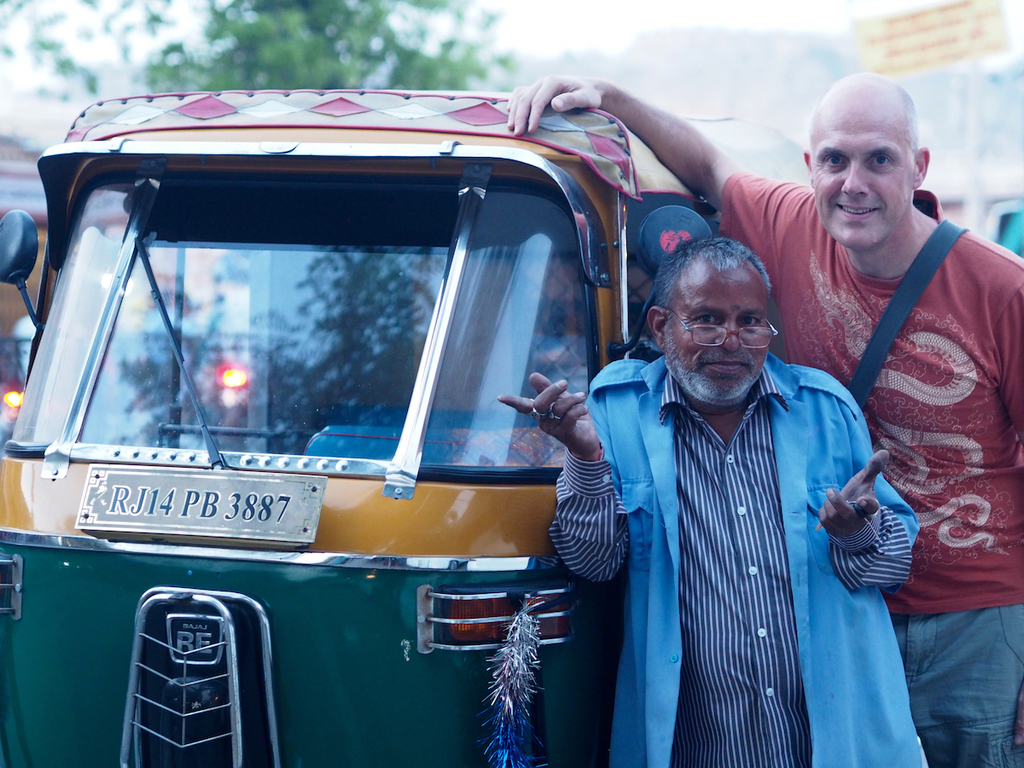
We hired him for a
full day to take us around the main sites. Which he did - as well as treating
us to a number of hair-raising rides through Jaipur’s chaotic traffic in his
tiny open van. Before he dropped us off 12 hours later, he opened a guest book
containing entries from previous customers. Most of them were tourists. All
were glowing with their praise. And, as we read some of them to him, his face
lit up with pure joy and no little pride.
Finally, we asked
him how much we owed him for the day. He just shrugged and told us to pay what
we thought it was worth to us. We gave him that and more, but he simply tucked
it into his top pocket without taking a look. For us, it was a perfect example
of what we were looking for in our bid to experience different cultures. We
only hope that he’s still managing to make a living during the current tough
times.
Another memorable
experience followed a chance meeting with a guide in Popayan, southwest
Colombia. We told him that we were planning on traveling to the mountainous
region around the village of Silvia to see how the indigenous Guambiano
community lived. We’d seen photographs of them in their striking traditional
dress, including a grey bowler hat and a blue cape with a shocking pink stripe,
and we wanted to see if we could meet some of them.

He told us that he
lived in the village and would drive us there as he was traveling back over the
weekend. He’d also introduce us to one of the Guambiano people, who’d be
willing to show us around.
And that is how we met Maria, with whom we spent a
full day wandering around the hillsides between villages and getting to know
how her community lives and breathes.
In return, we
answered her questions about how our lives in the UK compared. Although
communication was sometimes difficult due to our lack of fluent Spanish, we
were able to share stories and jokes with each other as if we were old friends.
We hope to return to Colombia sometime in 2022, and if we do, a further visit
to see Maria and her Guambiano family is very much on our wish list.
Countries We Have Traveled To Together
As I mentioned
earlier, we don’t have a desire to see as many countries as possible, but
rather to see as much as we can of each country we visit.
However, together
we’ve visited approximately 45 countries so far - and Mexico will be our 46th. Beyond that, our
bucket list destinations include Japan, French Polynesia, Norway, Romania,
Namibia, and Morocco.
In fact, other than Egypt, we haven’t really explored any
part of Africa as yet, so there’s plenty of opportunity for us there when the
time is right.
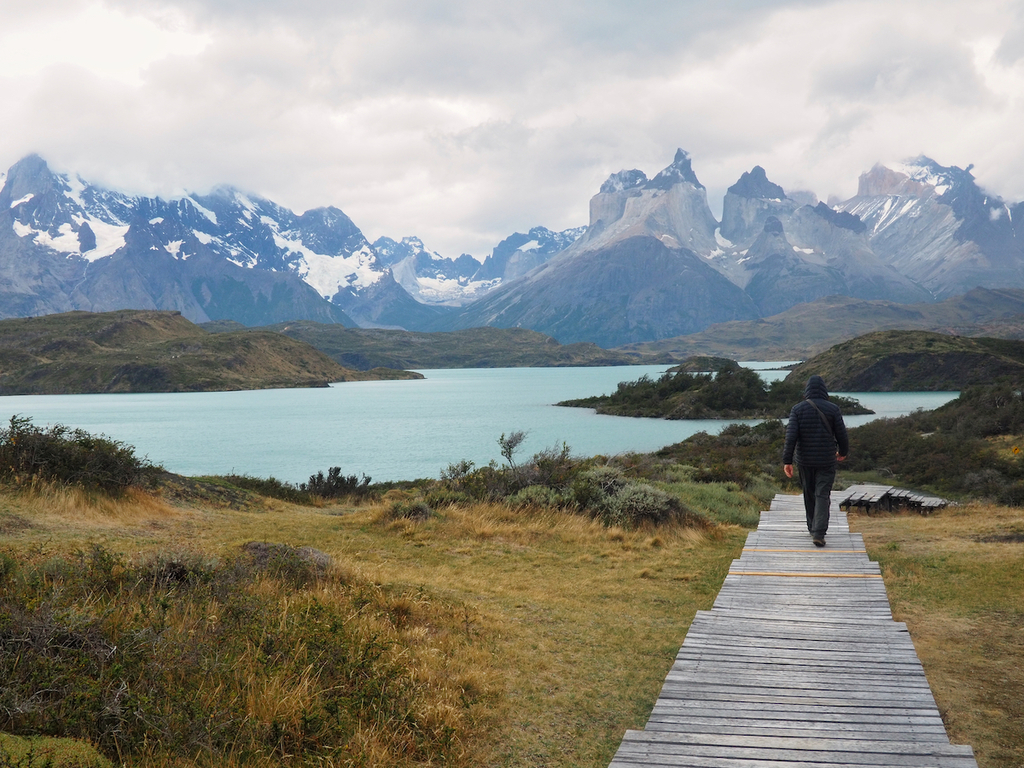
How We Manage Costs During Our Travels
We try to stick to a
budget and also support the local community. So we’ll look for “mom and pop”
rentals rather than national or international chains. But we’re also willing to
splurge where necessary if we feel the experience will be worth it.
Of course, when
we’re housesitting we have no accommodation costs to worry about - so that
helps enormously. But when we’re on the road, we try to budget for somewhere
between £15 ($20) to £30 ($40) per night. And then we’ll splash out maybe two
or three times per year for something comparatively special. We don’t generally
stay in hostel accommodation but look for something that hopefully feels like
it fits with the locality. So Airbnb rooms, treehouses, lodges, campsites -
those sorts of things.
We’ll also look for
accommodation that includes breakfast as buying out can sometimes prove
expensive. Lunch tends to be whatever we can pick up while we’re out. But, in
the evening, we love to eat at restaurants serving food from the region.
Especially those that are full of locals. Which, in our experience tend to
offer the best value for money and the most authentic food.
Other than that, our
main budget tip would be to think like a local and do your research on your local
destination beforehand. Which for us includes identifying which ATM machines
have the lowest or zero charges, the cheapest and most efficient way to get
around (which, apart from walking might involve a three-day travel card in some
larger cities), and researching the best things to do that are free or of minimal
cost.
How We Think GAFFL Helps Travelers
I think the concept
of GAFFL is a great one in that it enables solo travelers to buddy up with
like-minded people for periods of time to share experiences and costs. Although
we’ve largely traveled as a couple to date, we’ve also hooked up with solo
travelers along the way. And, without question, they’ve always enhanced our
experience.
We tend to travel
with as much information about a place so that we at least have a plan when we
get there. So, apart from the mainstream travel guides, we seek out some of our
fellow bloggers who we’ve learned to trust and respect over the years.
When we’re out
hiking we tend to use the AllTrails and maps.me
apps for their offline functionality. But, for more in-depth localized
knowledge we’ll try to find an app that specializes in that area. For instance,
we spent a couple of months during 2021 in Cornwall, England, and used the
Southwest Coast Path and iWalk Cornwall apps to explore the many miles of
magnificent coastal walks available.
Transitioning Into Full-Time Travel
We actually found
the transition quite an easy one. Once we got it into our heads that full-time
travel is a lifestyle rather than an extended holiday then we never looked
back. Yes, there have been
compromises along the way. For a start, we see our family and friends back home
a lot less than we used to. Including our four grandchildren. Of course, it helps
that we can make regular video calls to keep in touch. But we still miss that
close contact from time to time.
And, of course,
we’re living out of a backpack for most of the time - which means we have to
make decisions on what we carry with us and what we leave behind. And this
becomes even more difficult when our trips span climates and landscapes that
are the complete opposite of each other. So carrying around lots of
cold-weather clothing whilst hiking through a Sumatran jungle can seem like a waste
of energy!
Apart from that, we
both value our sleep. And there’ll come a time when we really won’t want to
hear yet another pack of dogs howling throughout the night.
Our Plans Over The Next Five Years
We plan to continue
mixing our love for housesitting, backpacking, and road-tripping.
With the
caveat of course, that some sort of normalcy returns to world travel
post-pandemic. In 2022 we’ll focus
on Mexico, Guatemala, Belize, and Colombia. And, in the years that follow, we’ll
try and tick off the remainder of our bucket list destinations. In between,
we’ll return to the UK to catch up with folks while we housesit. And we’d really
like to explore some more of our own backyard, so to speak. Especially
Scotland and Ireland, which we’ve ignored for far too long.
We’d like to think
we’ve got a few more road trips to enjoy. Especially in Argentina, Australia,
the US, and across Europe. And, as most of our hiking expeditions have been of
the day-hike variety, we’d like to return to some of our previous destinations
(such as Peru, Argentina, and Chile) to experience some of the multi-day
expeditions we’ve learned about.
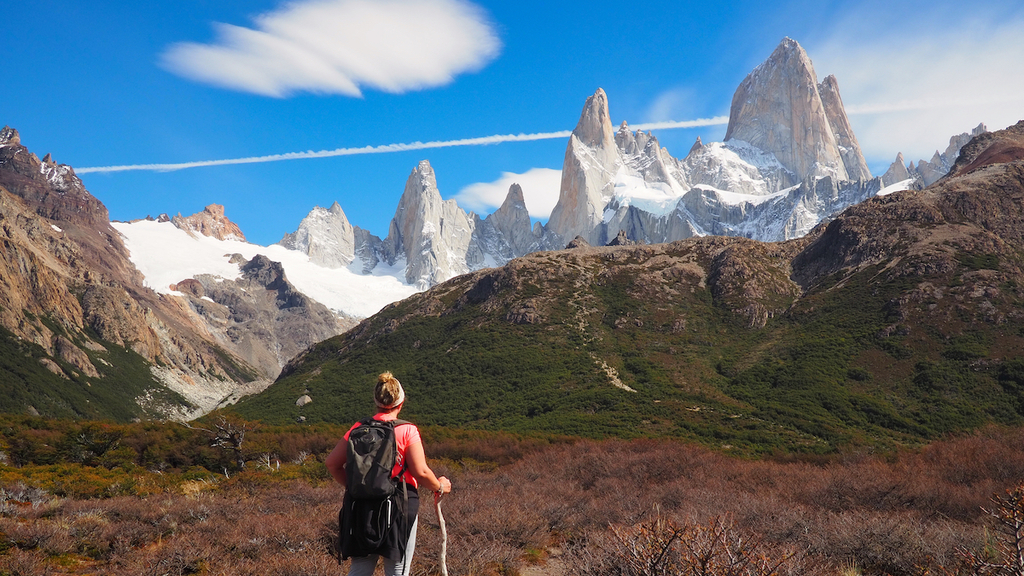
Things We Wish We Had Known When We First Started
Traveling
To be honest, we
don’t have any regrets about how we’ve traveled or the decisions we’ve made
along the way. For instance, with the benefit of hindsight, would we have spent
five months on a Caribbean island during the hurricane season? Well, yes
actually, because the people who live there do so every year!
Could we have
planned our itinerary better to save the unnecessary cost of extra flights and
bus journeys? Yes, but that would have meant less spontaneity and possible
missed opportunities. Nevertheless, we’ve
learned some valuable lessons that have served us well as we’ve traveled
around.
Firstly, we’ve
learned to go with our gut instinct when making decisions. Be assertive rather
than passive, especially in moments of crisis. Certainly, that helped us get
through the trauma of Hurricane Irma when we quickly determined that the only
way to get off the island and back to safety was to make things happen for
ourselves. It’s an approach that’s stayed with us, especially during the
pandemic.
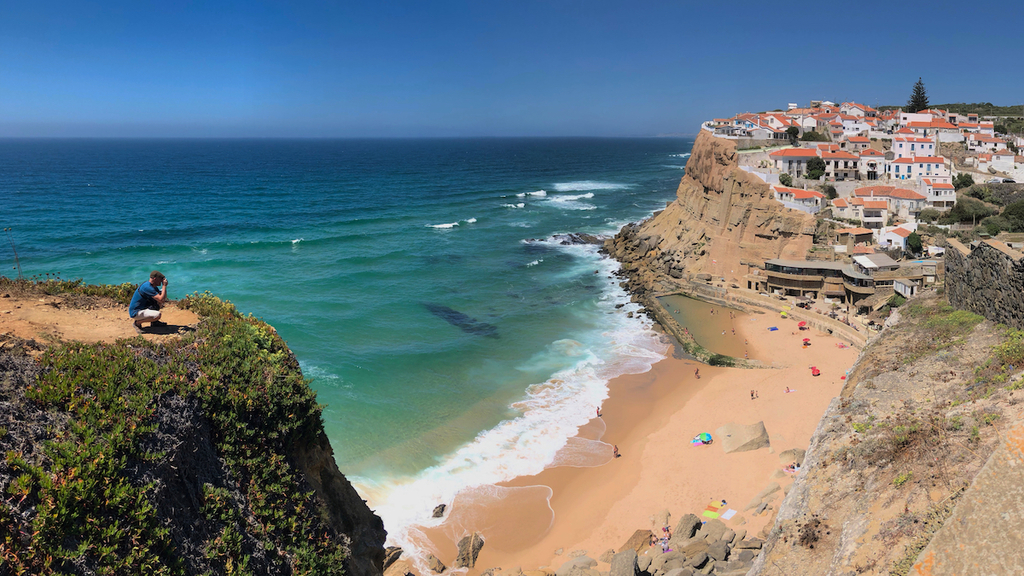
Secondly, we’ve
learned to appreciate (and defer to) each other’s strengths and weaknesses. To
the point where one of us will automatically take responsibility for certain
tasks because we both know that makes sense.
And thirdly, we’ve
learned to treat our traveling as a lifestyle rather than an extended holiday.
This means that we don’t put pressure on ourselves to see and do as much as we
can in the shortest amount of time. Instead, we prefer to keep the pace slow
and “feel” what it’s like to spend some time in a place (or region) rather than
just pass through.
Other cool travel stories you might enjoy!
